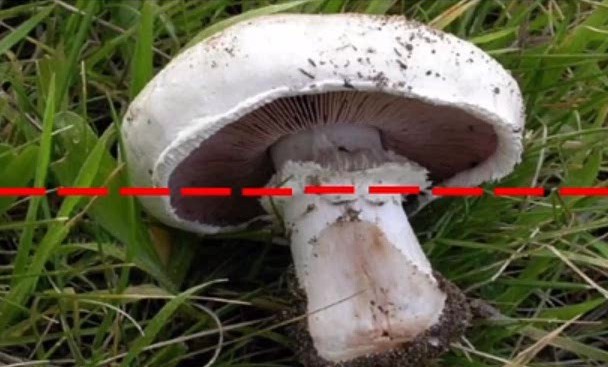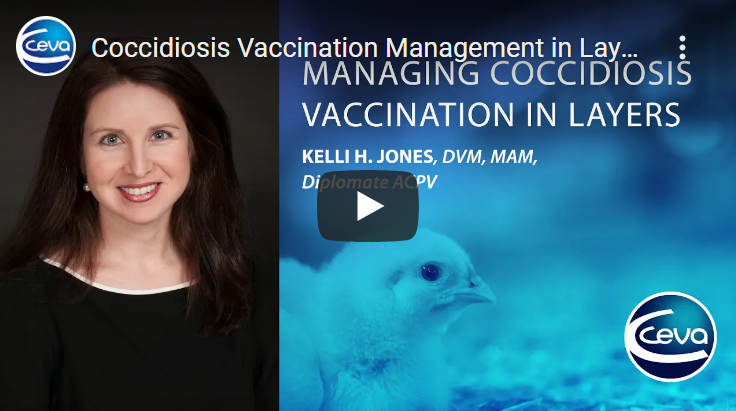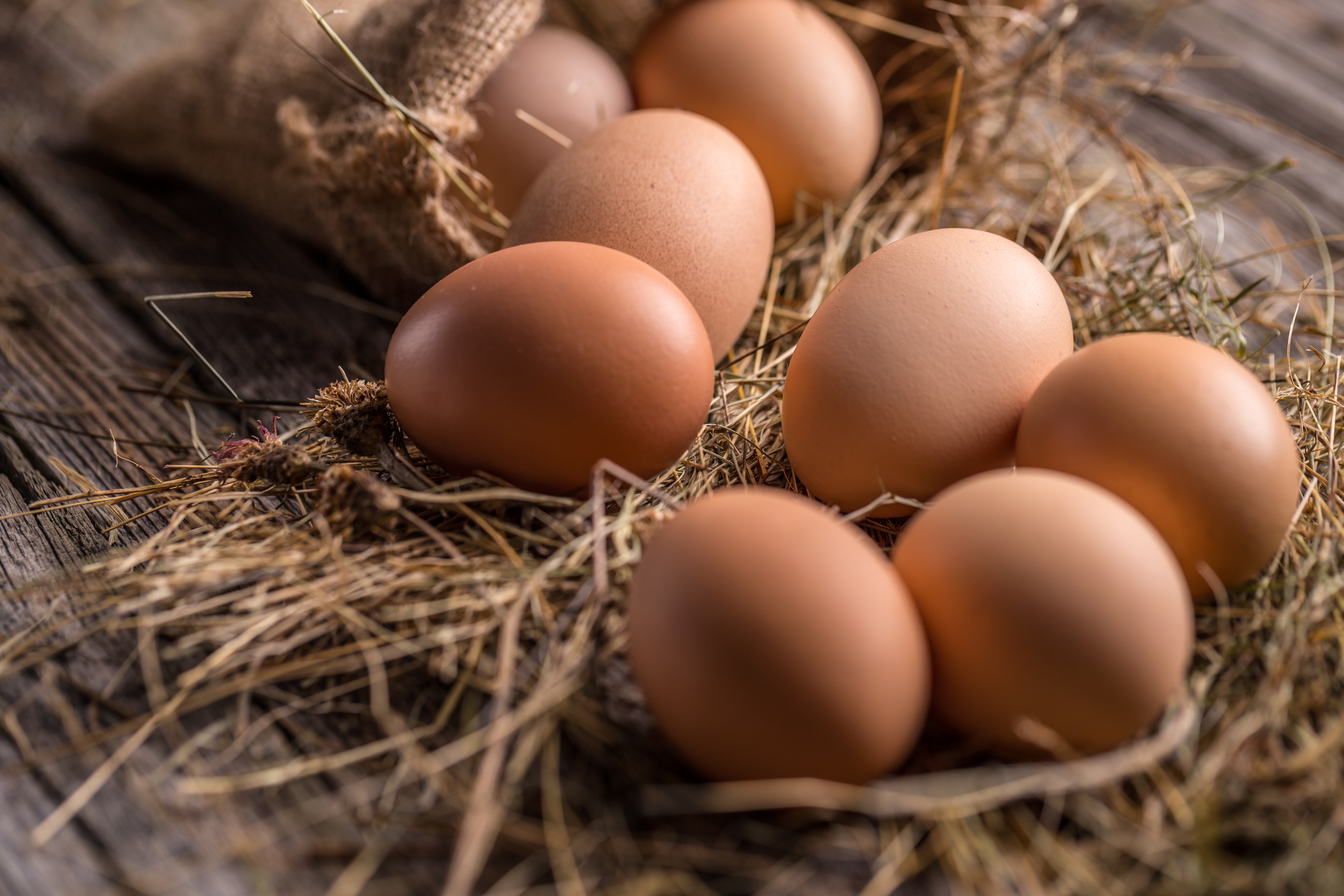



2021 IPPE: Anatomy of an outbreak – a researcher’s take on cases of H2N2 avian influenza from a live bird market
A live bird market study suggests bird flu viruses can quickly adapt and infect different bird speciesPart of Series:
< Previous Article in Series Next Article in Series >
Speaking at the 2021 International Poultry Science Forum, researcher Jongseo Mo from the Southeast Poultry Research Lab explained how different poultry species at live bird markets (LBMs) could serve as reservoirs of avian influenza.
His research, which focuses on the fluctuations of bird flu viruses at these markets in the north-eastern United States, found that the viruses quickly adapted to infect different poultry species. He observed that over the course of a year, one bird flu virus, H2N2/Ck/NY/19, became more transmissible due to a single genetic mutation. Infected Guinea fowl and Pekin ducks shed significant amounts of the virus for an extended period – increasing the likelihood of new bird flu infections.
Mo’s results showed that bird flu viruses with this mutation had the ability to adapt to a new species reservoir. The H2N2 virus could exploit the live bird markets and circulate among multiple bird species, amplifying and sustaining the infection. He stressed that animal health authorities should increase disease surveillance in live bird markets. This bird flu outbreak was low-pathogenic and produced no mortalities – the next one might not.
Why are live bird markets a conduit for avian influenza?
Bird flu, like other avian diseases, can be transmitted through direct contact. For most bird flu outbreaks, a sick bird usually shares space with a healthy one and the disease quickly spreads. This is why poultry farmers are encouraged to limit their birds’ contact with other flocks and implement biosecurity measures.
LBMs are uniquely challenging from a biosecurity and disease management perspective. Though the birds might be caged while they are in the market setting, there is still a high probability of contact between flocks and between species. People who go to the markets will often walk through other areas or accidentally step in bird faeces before entering the market space, introducing new pathogens to the environment. According to Jongseo Mo, the markets serve as a human-made reservoir for avian diseases. They could have serious animal and public health consequences if they aren’t properly managed.
The study and key results
Mo wanted to examine the pathogenicity, infectivity and transmissibility of two strains of H2N2 bird flu that he isolated from a live market in New York in 2018 and 2019. He specifically wanted to determine if the virus was changing and if it had the ability to adapt to new species – chickens, Guinea fowl, and Pekin ducks.
The two isolated viruses, H2N2 Ck/NY/18 and H2N2 Ck/NY/19, were both low-pathogenic and collected from the three different bird species. However, Mo noted that the Ck/NY/19 isolate had NA stalk deletion in its genome. He hypothesised that this deletion would increase the virus’ transmissibility in poultry and waterfowl since this association had been observed in other studies.
He designed an experiment with three separate “inoculation” doses with the isolated viruses. He exposed the three bird species to a low, medium and high virus load, and collected samples to see how the virus was shed and transmitted between the bird species.
His results showed that the H2N2 Ck/NY/18 virus could infect all three bird species if they were exposed to high doses. In terms of shedding and transmission, Guinea fowl shed more virus than chickens. Birds exposed to low and medium doses of the virus did not transmit the infection.
However, birds inoculated with the H2N2 Ck/NY/19 virus at medium and high doses showed higher infectivity and shed the virus for a longer period. This meant that the virus could be transmitted to contact birds – something that was not observed in birds inoculated with the Ck/NY/18 strain. Mo noted that Guinea fowl shed the most virus, with Pekin ducks and chickens shedding less respectively.
Mo’s research suggests that the NA stalk deletion seen in the Ck/NY/19 strain allowed the virus to proliferate quickly, making it more infective and transmissible as a result. The deletion also allowed the virus to replicate in two new bird species, ensuring that the virus remained active in its environment.
Going forward, Mo suggests collecting routine cloacal and oropharyngeal samples from birds at LBMs. If researchers can identify the NA stalk deletion in other bird flu viruses, they could take precautionary measures to prevent the spread of disease.
The International Poultry Science Forum ran on 25 and 26 January as part of the virtual IPPE Conference. Click here for more information about the event.















